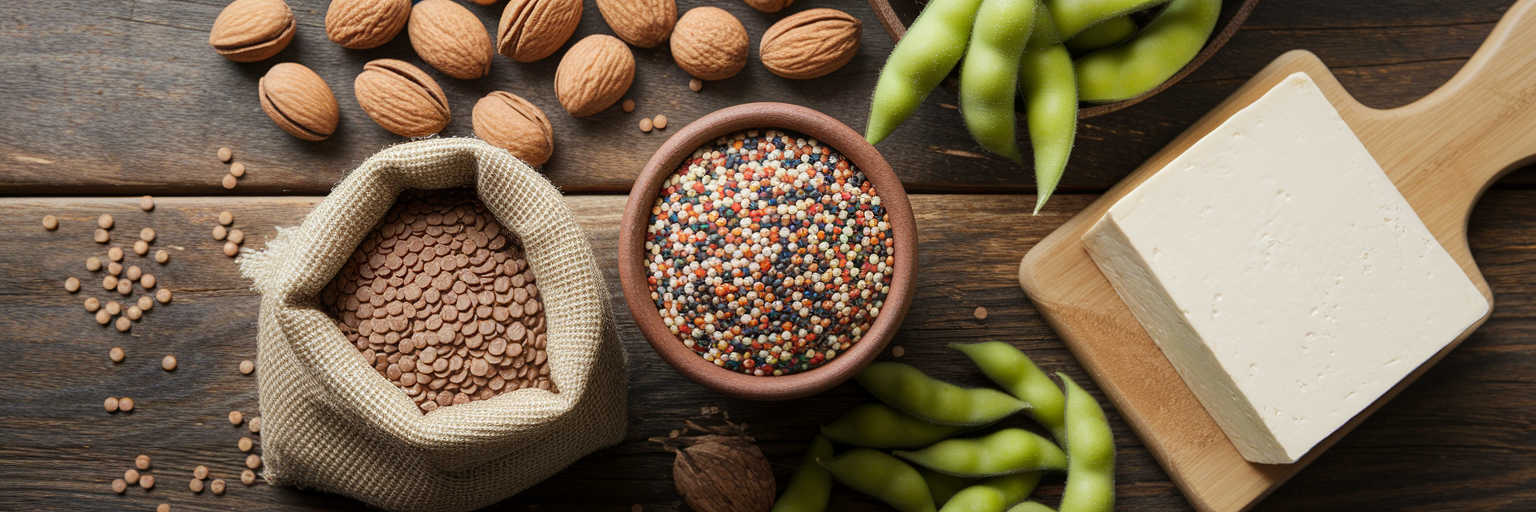The Science of Staying Satisfied
We’ve all been there. It’s 3 p.m., your energy dips, and suddenly that vending machine full of sugary snacks starts calling your name. It’s easy to feel like you lack willpower, but that intense urge isn’t a personal failing. It’s a biological signal.
Your body has a surprisingly simple system for managing hunger. Think of it like a conversation between two key hormones. Ghrelin is the "go" hormone, sending a message to your brain that says, "Hey, it's time to eat!" On the other side, you have leptin, the "stop" hormone, which signals that you're full and satisfied. When this system is balanced, you eat when you're hungry and stop when you're full. Simple, right?
The problem starts when blood sugar gets involved. Eating simple carbs and sugars sends your blood sugar on a rollercoaster. You get a quick burst of energy, followed by a sharp crash. That crash triggers ghrelin to shout for more quick energy, and the cycle of cravings begins. This is the core challenge of how to reduce food cravings: stabilizing that energy curve.
But what if you could smooth out those energy crashes and quiet the hunger noise with one simple dietary shift? What if you could keep that "go" hormone from getting so loud in the first place?
Protein's Role in Curbing Hunger

When it comes to feeling full, protein is the undisputed champion of the three macronutrients. It works smarter, not just harder, to keep hunger at bay. When you consume protein, it triggers the release of gut hormones like Peptide YY (PYY) and GLP-1. These act like messengers that travel to your brain and deliver a clear message: "We're satisfied here, no more food needed."
Beyond just sending signals, protein plays a crucial role in stabilizing your blood sugar. It slows down the absorption of carbohydrates consumed during the same meal. This prevents the dramatic energy spikes and subsequent crashes that leave you reaching for a snack an hour after eating. It’s the difference between feeling steady and focused versus being distracted by a rumbling stomach.
Think about the difference between a carb-heavy breakfast, like a plain bagel, and a protein-rich one, like a smoothie. With the bagel, you might feel great for an hour, but by 10 a.m., you're probably feeling ravenous again. The protein smoothie, however, provides sustained energy that keeps you feeling full and productive until lunch. Finding the best protein powder for feeling full can be a key part of this strategy, and exploring some of the best protein powders we've reviewed can help you find the right fit for your morning routine.
The Plant-Based Edge: Protein Plus Fiber
Here’s where plant-based proteins have a distinct advantage. They bring a powerful partner to the table that animal-based proteins lack: fiber. This combination delivers a one-two punch for hunger control that makes vegan protein for satiety incredibly effective.
First, the protein works on a hormonal level, signaling to your brain that you're full. At the same time, fiber works on a physical level. It adds bulk to your meal and slows down digestion, a process known as gastric emptying. This means the food stays in your stomach longer, contributing to a prolonged feeling of physical fullness. This dual-action effect is the secret to superior hunger management.
As highlighted by UCLA Health, a major benefit of plant-based protein is the fiber it provides, which helps regulate blood sugar and keep hunger in check. These high fiber protein sources offer other plant based protein benefits, too. They are naturally lower in saturated fat and often contain beneficial antioxidants and micronutrients that support overall wellness.
| Factor | Plant-Based Protein (e.g., Pea/Rice Blend) | Animal-Based Protein (e.g., Whey) |
|---|---|---|
| Primary Satiety Driver | Protein + Fiber | Protein Only |
| Fiber Content | Typically 1-5g per serving | 0g per serving |
| Digestion Speed | Slower, promoting prolonged fullness | Faster, ideal for post-workout recovery |
| Additional Nutrients | Antioxidants, vitamins, minerals | May contain lactose, higher saturated fat |
This table compares key differences that contribute to satiety. The combination of protein and fiber in plant-based sources offers a dual-action approach to managing hunger.
Addressing the "Incomplete Protein" Myth

Let's tackle a common question: "But aren't plant proteins incomplete?" It’s a concern we hear often, but the idea that you need to meticulously combine proteins at every meal is largely outdated. It's much simpler than that.
Your body needs nine essential amino acids, which are the building blocks of protein that it can't make on its own. While it's true that a single plant source might be lower in one or two of these, your body is smart. It creates an "amino acid pool" from all the different foods you eat throughout the day. As long as you're eating a variety of plant-based foods, your body will have all the building blocks it needs to thrive.
Chances are, you're already doing this without thinking about it. Classic food pairings like rice and beans, peanut butter on whole-wheat toast, or hummus with pita bread all create a complete amino acid profile. Plant protein is just as effective for supporting your health and fitness goals. For those looking to optimize performance, combining sufficient protein with other proven supplements can be a great approach. For example, you can learn more about the creatine benefits we've explored to complement your regimen.
How to Choose and Use Vegan Protein Powder
Ready to give it a try? Making vegan protein a part of your routine is easy and delicious. Here’s how to get started.
What to Look For on the Label
When you're choosing a powder, flip it over and look at the nutrition panel. Aim for a product that offers 20-25 grams of protein per serving from sources like pea, rice, hemp, or a blend. Just as important is what's not in it. Look for minimal added sugar and a short, recognizable ingredient list. A quality powder, like our Chocolate Vegan Protein, focuses on clean ingredients to ensure you're getting the good stuff without unnecessary fillers.
Creative Ways to Use Protein Powder
A shaker bottle is great, but don't stop there! Vegan protein powder is incredibly versatile. Try these ideas:
- Stir a scoop into your morning oatmeal or overnight oats.
- Mix it into plant-based yogurt for a creamy, protein-packed snack.
- Add it to pancake, waffle, or muffin batter to make your breakfast work harder for you.
For more inspiration, check out these 3 easy vegan protein recipes we've created that you'll actually crave.
The Super Satiety Smoothie Recipe
This simple smoothie is designed to keep you full and energized for hours. Just blend these ingredients until smooth:
- 1 scoop of vanilla or chocolate vegan protein
- 1 large handful of spinach
- 1/2 frozen banana
- 1 tablespoon of chia seeds or ground flaxseed
- 1 cup of unsweetened almond milk
Beyond the Powder: A Whole-Foods Approach
While vegan protein powder is a fantastic and convenient tool, it's important to remember that it's just one part of a healthy lifestyle. The foundation of lasting wellness is a diet rich in whole, unprocessed foods. Protein powder is there to supplement your diet, fill in nutritional gaps, and offer a convenient boost on busy days.
To build a truly satisfying diet, focus on incorporating these excellent whole-food protein sources:
- Lentils and chickpeas
- Black beans and kidney beans
- Tofu and tempeh
- Quinoa and edamame
The most effective strategy for managing hunger is combining a diet rich in these plant foods with a quality vegan protein powder for an extra boost. This approach gives you the best of both worlds: the sustained energy from whole foods and the convenience of a quick, satisfying shake or meal addition.
What's your favorite plant-based meal that keeps you full? Share it in the comments below! And for those ready to explore, you can browse all of our plant-based products to find the perfect fit for your goals.



